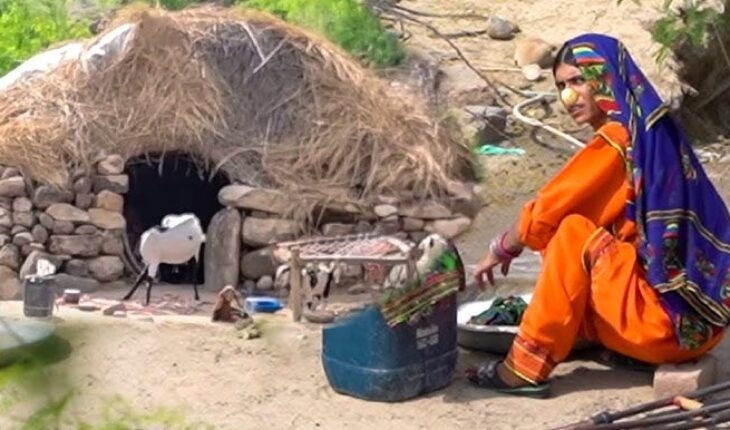More than seven decades after its forced annexation by the Pakistan Army in 1948, Balochistan continues to languish in poverty and neglect, functioning as little more than a colony within the state of Pakistan. The vast, mineral-rich province — the largest by area in the country — has long been under the thumb of Pakistan’s military and bureaucratic elite, largely hailing from Punjab. In recent years, however, a new player has joined the fray: China. The entry of Beijing through the ambitious China-Pakistan Economic Corridor (CPEC) has only intensified the exploitation of Balochistan’s natural resources, further alienating its local population.
CPEC, a flagship project under China’s Belt and Road Initiative (BRI), cuts across Pakistan-occupied Kashmir, Khyber Pakhtunkhwa, Punjab, and Sindh before reaching Balochistan. It promises infrastructure development and economic growth. Yet, the realities on the ground in Balochistan tell a starkly different story. Despite being a treasure trove of gold, copper, natural gas, and other minerals, the province has a shockingly low per capita GDP of less than $1,000. The wealth extracted from its soil, locals argue, enriches Chinese corporations and Pakistan’s central government while leaving Balochistan behind.
The Chinese footprint in Balochistan is most visible in projects like the Saindak gold and copper mine, operated by the Metallurgical Corporation of China Ltd (MCC). Originally leased for ten years, the project was recently extended by another 15 years. The initial agreement funneled 50 percent of the mine’s revenues to MCC, 48 percent to the federal government, and a mere 2 percent to the provincial government of Balochistan. The revised deal modestly increased Balochistan’s share to between 5 and 6.5 percent, while Pakistan’s central government now claims 53 percent. Yet, for the residents of the Chagai district — where the mine is located — the dividends remain minimal.
In interviews with media outlets including The China Project and Dawn, local voices describe conditions that appear frozen in time. Mud houses, unpaved roads, and a lack of basic amenities such as clean drinking water and adequate healthcare dominate the landscape. “The region still has features of the medieval era,” said Kazim Baloch, a political activist from Chagai. Investigative journalist Akbar Notezai echoed the sentiment, noting that while roads have been built to connect mining sites, nearby villages remain isolated and underdeveloped. Employment opportunities for locals, where they exist, are mostly low-paying and menial.
While supporters of the CPEC tout it as a game changer for Pakistan’s economy, critics argue that its benefits are unevenly distributed. Reports from publications like Islam Khabar and Invest Pakistan reveal that the lion’s share of profits from Balochistan’s natural resources is repatriated to China or absorbed by Pakistan’s ruling elite. In 2021 alone, despite pandemic-related disruptions, MCC reportedly earned $75 million in profit from the Saindak operations, most of which did not trickle down to the local economy.
Balochistan’s plight is not unique. Similar patterns of extraction and marginalization have been reported in Myanmar’s border regions, where Chinese companies have been accused of illegal mining. These parallels strengthen the argument that China’s overseas investments, while cloaked in the language of development, often function as mechanisms of economic dominance and environmental degradation.
Frustration in Balochistan has escalated into open resistance. Baloch separatist groups continue to wage an insurgency aimed at securing independence, driving out Chinese interests, and halting the CPEC altogether. While the Pakistani government and its allies present the corridor as a symbol of progress, for many in Balochistan it stands as a monument to inequality and exploitation.
The region’s mineral wealth should be a source of prosperity for its people. Instead, Balochistan remains a stark example of how large-scale development projects can deepen marginalization when local communities are sidelined. Until the voices of Balochistan’s people are heard and their share of the province’s wealth is equitably redistributed, the dream of inclusive development will remain just that — a dream.






